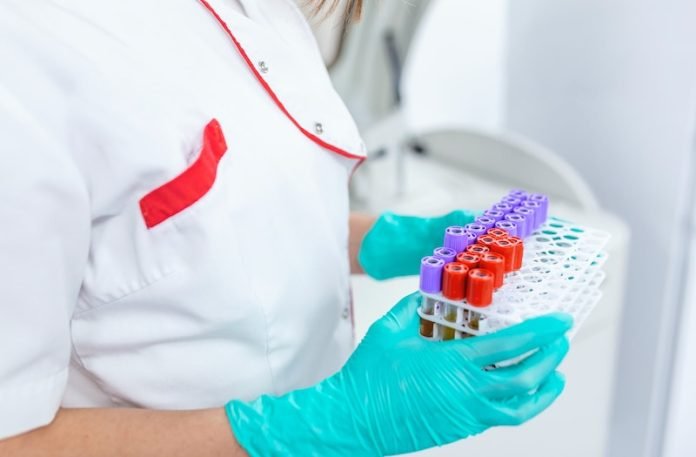
Fatty liver disease, or nonalcoholic fatty liver disease (NAFLD), is a widespread condition affecting about one in four adults worldwide.
Linked to metabolic syndrome and the global obesity crisis, it has become the leading cause of severe liver problems.
However, a recent study in Sweden has shed light on another possible consequence of NAFLD: a heightened risk of severe infections.
A Nationwide Study and Its Findings
The ESPRESSO study, a nationwide effort in Sweden, involved over 12,000 individuals diagnosed with NAFLD. It also included nearly 58,000 controls – people from the general population who didn’t have NAFLD.
The researchers found that people with NAFLD had a 71% higher chance of severe infections that required hospitalization.
This study, the first of its kind to analyze infection risk in individuals with NAFLD at a national level, showed that the most common infections in these patients were respiratory and urogenital tract infections.
Dr. Fahim Ebrahimi, the study’s lead author, noted that their findings underscore the seriousness of NAFLD as a disease affecting more than just the liver.
He emphasized the need to view NAFLD as a disorder that could also raise the risk of infections, regardless of other risk factors like diabetes.
The Immune System and the Liver
The study’s findings aren’t entirely unexpected. Previous research suggested that NAFLD might weaken the function of various immune cells, making individuals more susceptible to different viral, bacterial, and fungal infections.
Dr. Ebrahimi explained, “The liver plays a significant role in the human immune system with immune cells, such as macrophages (Kupffer cells) and lymphocytes, constituting up to 20% of all liver cells.”
Surprisingly, the study found that even people with simple fatty liver disease (without inflammation or fibrosis) had an increased risk of severe infections.
This risk was even higher for those with nonalcoholic steatohepatitis, a more severe form of NAFLD characterized by inflammation, or those who developed fibrosis (excessive connective tissue in the liver).
Importance of Early Diagnosis and Infection Prevention
According to Jonas F Ludvigsson, one of the authors of the study, the absolute risk difference 20 years after a NAFLD diagnosis was 17.3%.
That’s equivalent to one additional severe infection for every six patients with NAFLD. Ludvigsson emphasized the importance of early diagnosis and treatment to reverse the disease at all stages.
Dr. Ebrahimi noted that current clinical guidelines on NAFLD don’t include specific recommendations for preventing and managing infections.
Based on their study, he urged that infection prevention should become a main health focus to combat the morbidities associated with NAFLD.
If you care about liver health, please read studies about simple habit that could give you a healthy liver, and common diabetes drug that may reverse liver inflammation.
For more information about health, please see recent studies about simple blood test that could detect your risk of fatty liver disease, and results showing this green diet may strongly lower non-alcoholic fatty liver disease.
The study was published in Clinical Gastroenterology and Hepatology.
Follow us on Twitter for more articles about this topic.
Copyright © 2023 Knowridge Science Report. All rights reserved.



